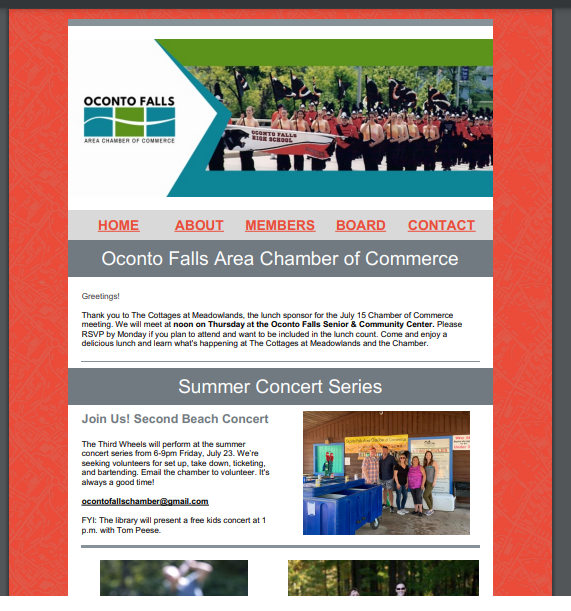
A common misconception we run into is this: A great product will sell itself. If you have an exceptional product or service, people are bound to discover it. Right? In a crowded, competitive marketplace, that’s wishful thinking. Today’s sellers are competing against thousands of brick-and-mortar shops and online retailers. What buyers need is confidence in your product – and confidence in you. You gain customer confidence with the KLT factor: Know, Like, Trust. Customers want to be confident in your brand and your team before they’re confident in your product or service. That’s why your website content marketing is so important.
What Do Customers Want to Know?
When potential customers visit your website, you have minutes – sometime seconds – to connect with them and answer their questions. They want to know:
- Can I use this product or service?
- What makes this brand different than others?
- Am I excited about the possibilities this brand represents?
- Do I believe in the brand enough to make a purchase?
Your audience is looking for content marketing with a clear message, professionalism, and a story that resonates with them. This means that your website needs to go beyond the basics of what you do. In addition, you need to tell why it matters so buyers want to be a part of the story, too.
Brand Storytelling Ideas
Here are a few brand storytelling ideas for content marketing on your website.
1. Focus on the Home Page
Provide a quick, compelling overview of your brand on the Home page. Your Home page is like a business card on steroids. Keep it visual, and let the photos do most of the talking. Publish photos of people enjoying your products and services, not just products on a shelf.
2. Emphasize Your Key Selling Points
Tell a story about what differentiates you from the competition. Instead of just describing your brand in generic terms like everyone else in your industry, lead with what makes you distinct. Maybe it’s your techniques, awards, customer service, or experience in the industry.
3. Tell Your Story in Sales Language
Instead of saying, “Our beef jerky is high in protein and B vitamins” say, “The protein-rich jerky is packed with B vitamins for an energy pick-me-up.” Of course, you don’t want your marketing content to be over-the-top salesy or robotic-sounding. You want content to be conversational and easy to understand.
4. Publish a Video
A short video introduces your brand to the audience and allows viewers to connect with your team and your story in just a few seconds. Even if the video isn’t super-polished, it can be effective. Videos catch the eye and attention of your audience.
5. Offer Solutions to Customers’ Pain Points
Highlight the ways that you make your customer’s life easier. Do you offer small production runs? Quick turn-around times? Flexible ordering? Tell a story of how your brand connects with your customers’ goals.
Believable Content Marketing
Your customers are out there, waiting to know, like, and trust your brand. Make your content intentional, and give them a reason to believe in you and feel confident buying from you. Lastly, don’t just educate your audience. Empower them to feel good about their purchasing decision. Contact us today. We have so many other marketing tips to share! We love helping businesses and nonprofits achieve their marketing goals.




























